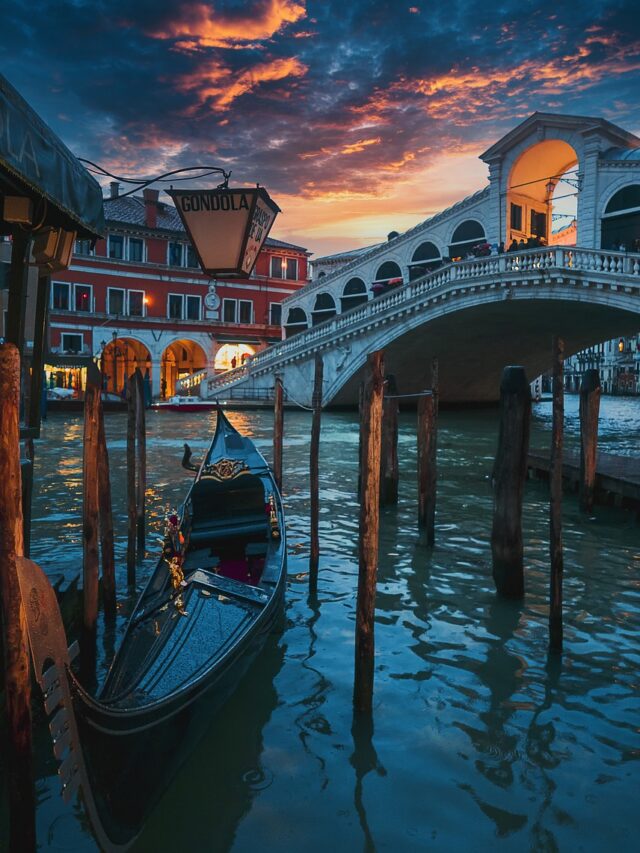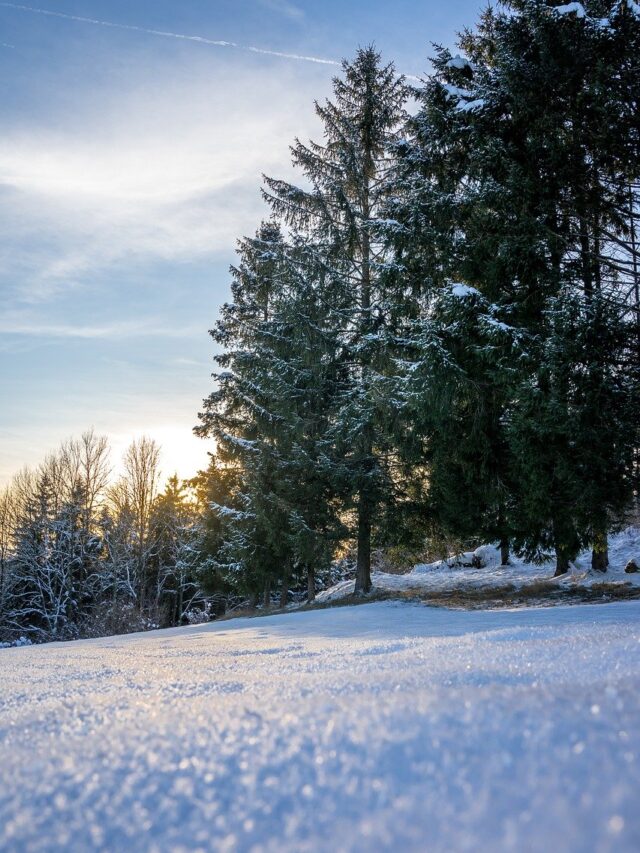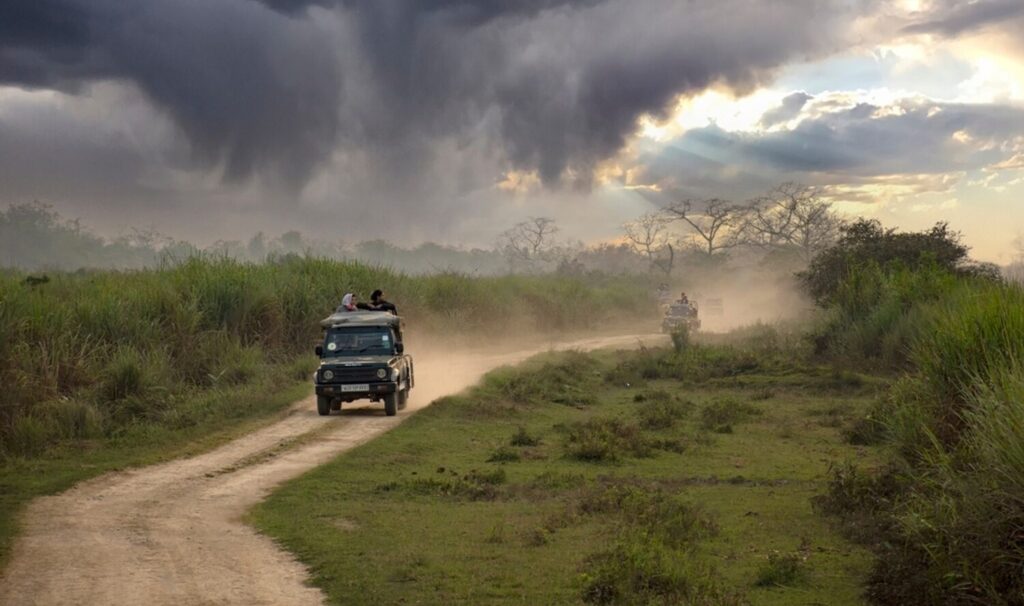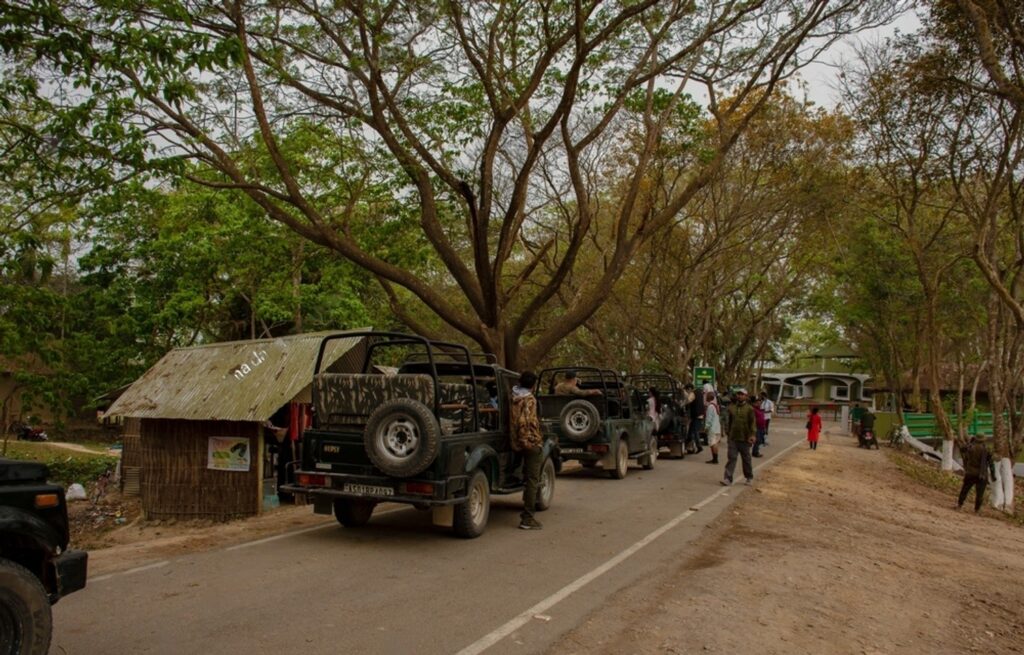A Visual Tour of Kaziranga National Park: Exploring the Diversity of Flora and Fauna
Welcome to Kaziranga National Park Assam, a stunning natural wonderland in Assam, India’s heart. This 430 square kilometre UNESCO World Heritage Site is home to a remarkable variety of plants and animals, including the well-known one-horned Indian rhinoceros, Asian elephants, wild water buffalo, and more than 400 different species of birds. Kaziranga National Park is also famous for its lush, green landscape and picturesque water bodies, making it a photographer’s paradise. Join us on a visual tour of Kaziranga National Park Assam and explore this unique ecosystem’s breathtaking beauty and incredible biodiversity. From the dense forests to the sprawling grasslands, We’ll guide you on a park tour. Showcasing the incredible range of plant and animal life that calls it home. So, please sit back, relax, and let’s embark on a journey of discovery through one of India’s most beautiful and awe-inspiring national parks.
The Wildlife of Kaziranga National Park Assam
Kaziranga National Park is a haven for wildlife enthusiasts. A wide diversity of animals and birds, many of which are endangered, call it home. Over 2,400 one-horned Indian rhinoceroses are in the park, which is famed for them. Apart from rhinos, Kaziranga is also home to the Asiatic elephant, wild water buffalo, and swamp deer. The Bengal tiger, leopard, and hog deer are some other creatures that live in the park.
With more than 400 bird species present, the park is also a birdwatcher’s delight. Red junglefowl, the Oriental honey buzzard, and the Indian roller are a few of the more frequently sighted birds. The Indian python, king cobra, and Some of the reptile species that may be found at Kaziranga National Park Assam include the monitor lizard.
Kaziranga National Park is a wonderful place to observe wildlife in its natural habitat. Visitors can opt for a jeep or elephant safari to explore the park. When the animals are most active, The optimal times for observing wildlife are during the early morning and late evening hours.
The Flora of Kaziranga National Park Assam
The flora of Kaziranga National Park is equally diverse. Four unique zones with their unique plants make up the park. Alluvial savanna woodlands dominate the western zone, while the central zone is covered with tropical moist mixed deciduous forests. The eastern zone is characterized by Assam Valley semi-evergreen forests, and tropical and subtropical grasslands, savannas, and shrublands dominate the Burhapahar range in the north.
Other tree species, including the elephant apple, Indian gooseberry, and Indian rosewood, can be found in the park. The undergrowth is dominated by elephant grass; it has a six-meter height limit. Other types of grasses present in the park include Indian joint grass, common reed, and sandbar.
The History of Kaziranga National Park Assam
Kaziranga National Park was established in 1905 as a forest reserve. 1950 it was declared a wildlife sanctuary, and there became a national park in 1974.
In 1985, the park was named a UNESCO World Heritage Site.
The history of Kaziranga National Park Assam is closely linked to the conservation efforts of Lady Curzon, the wife of Lord Curzon, Viceroy of India. Lady Curzon visited the area in the early 20th century and was appalled by the rampant poaching of wildlife. She urged her husband to take action, so Kaziranga was declared a forest reserve.
Since then, the park has been the focus of several conservation efforts. To conserve the park’s wildlife, There are several initiatives the Indian government has implemented, including the creation of anti-poaching squads and strict regulations on tourism.
Best Time to Visit Kaziranga National Park Assam
November through April are the finest months to visit Kaziranga National Park. When this time of year, the weather is pleasant. And the wildlife is more noticeable. Due to flooding, the park is closed from May to October during the monsoon season.
Visitors can opt for a jeep or elephant safari to explore the park. Elephant safaris are especially well-liked because they let guests interact closely with the animals. Booking safaris in advance is advised, especially during the busiest travel season. Elephant safaris are especially well-liked because they let guests interact closely with the animals. Booking safaris in advance is advised, especially during the busiest travel season.
How to Reach Kaziranga National Park
Northeastern India’s state of Assam is home to Kaziranga National Park.
The nearest airport is in Jorhat, about 97 km from the park. The nearest railway station is Furkating, about 75 km from the park.
From Jorhat or Furkating, visitors can hire a taxi or take a bus to Kaziranga National Park. Several private tour operators offer packages to the park.
Accommodation Options in and around Kaziranga National Park
In and around Kaziranga National Park, there are many lodging alternatives. The park has several government-run lodges, including the Aranya Tourist Lodge and the Bonani Tourist Lodge. There are also several private resorts and hotels near the park.
Some popular resorts include the Infinity Kaziranga Wilderness, Diphlu River Lodge, and the IORA Resort Kaziranga. These resorts offer various services, including guided tours, jeep safaris, and elephant safaris.
Things to Do in Kaziranga National Park
Apart from wildlife safaris, there are several other things to do in Kaziranga National Park. Visitors can go birdwatching, trekking, or fishing in the park’s water bodies. The park also offers a picnic area where guests can spend the day with their loved ones.
Visit the adjacent communities if you want to learn more about the area. The Karbi Anglong Hills, located near Kaziranga National Park, is home to several indigenous tribes, including the Karbi, Bodo, and Mishing.
A Visual Tour of Kaziranga National Park
Kaziranga National Park is a stunning natural wonderland with breathtaking views and incredible biodiversity. From the dense forests to the sprawling grasslands, Visitors who want to see the park and get up close to the animate park boast an extensive range of flora and fauna. Ls have two options: a car safari or an elephant safari.
Over 2,400 one-horned Indian rhinoceroses are in the park, which is famed for them. Apart from rhinos, Kaziranga is also home to the Asiatic elephant, wild water buffalo, and swamp deer. With more than 400 bird species present, the park is also a birdwatcher’s delight.
10: Tips for Exploring Kaziranga National Park
1. Plan your trip, especially during peak tourist season.
2. Book your safaris in advance to avoid disappointment.
3. Wear comfortable clothes and shoes for the safari.
4. Carry sunscreen, sunglasses, and a hat to protect yourself from the sun.
5. Do not disturb the animals or their habitats.
6. Do not litter in the park.
7. Follow the park’s rules and regulations.
8. Do not Stay in designated safari areas.
9. Respect the local culture and traditions.
10. Enjoy the park’s natural beauty and biodiversity.
Kaziranga national park conclusion
Within the exceptional environment of Kaziranga National Park, a wide assortment of plants and animals thrive. From the one-horned Indian rhinoceros to the Asiatic elephant, the park is a haven for wildlife enthusiasts. The park’s lush, green landscape and picturesque water bodies make it a photographer’s paradise. Visitors who want to see the park and get close to the animals have two options: a car or an elephant safari. The park serves as an ideal natural retreat in the natural world because there are many activities to enjoy in addition to wildlife safaris there.










